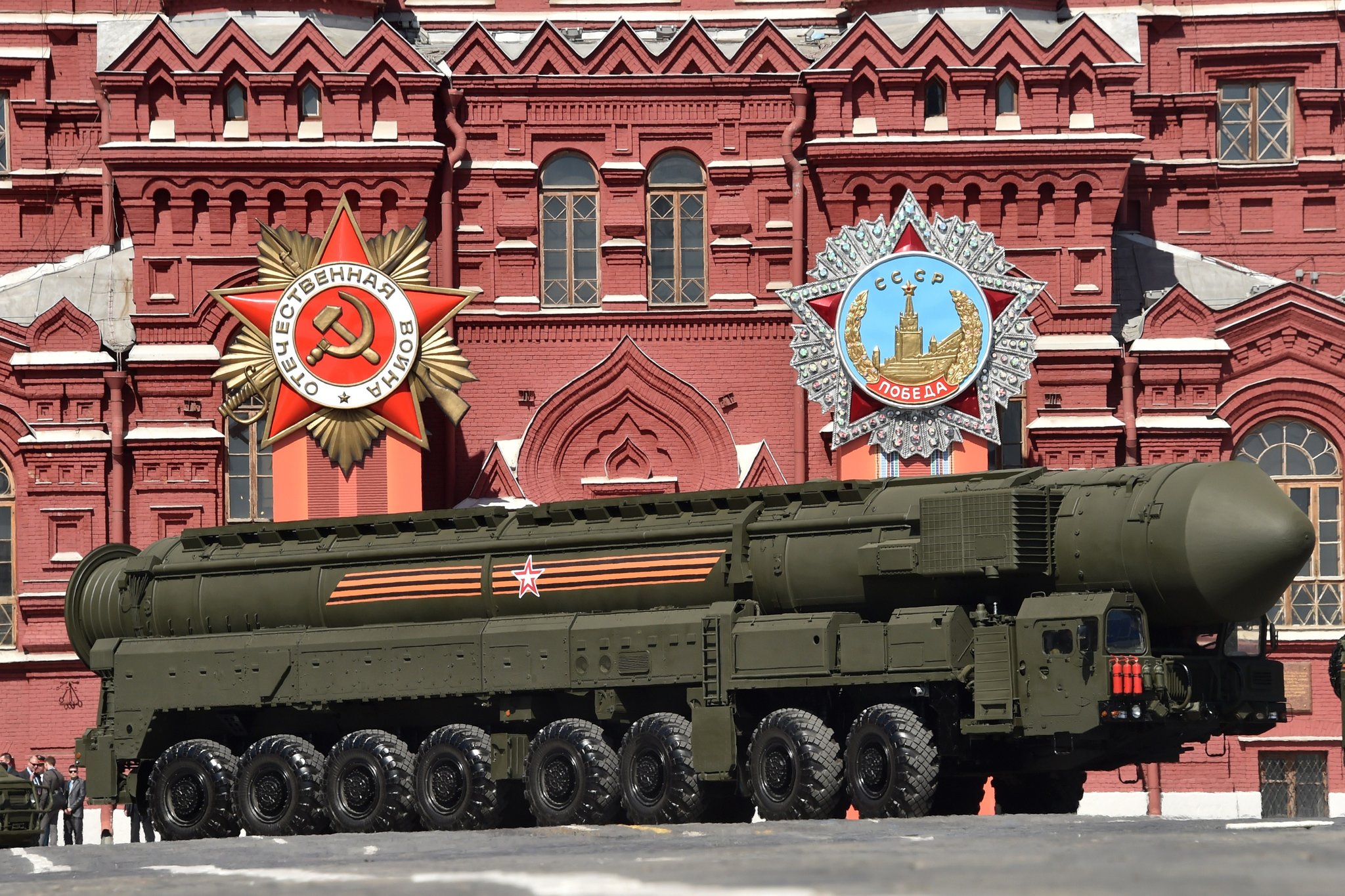Deadly truck crash rips through South Korean market

Chaos in a narrow neighborhood market
A delivery truck plowed through a packed outdoor market in the city of Bucheon, west of Seoul, killing two people and injuring 18 others on 13 November 2025. The collision happened late in the morning, when the narrow alleyway was crowded with shoppers, street vendors and delivery workers. Witnesses said the truck first rolled backward down the slope and then suddenly surged forward, smashing through vegetable stands, plastic tables and low awnings. Screams, overturned trolleys and scattered produce turned the busy market lane into what one eyewitness described simply as “a scene of panic.”
Local emergency services said most of the victims were middle-aged or elderly shoppers who had little room to escape once the vehicle surged into the lane. Several people were reported to be in critical condition with head injuries and broken bones, while others suffered cuts and bruises from flying debris. Rescue workers used stretchers and wheelchairs to move the wounded through the same cramped alleys that had made it hard for them to reach the scene in the first place. Shopkeepers later stood beside their destroyed stalls, some still in blood-stained aprons, trying to understand how an ordinary weekday market run had turned into a deadly tragedy.
Preliminary investigations suggest the driver, a man in his 60s, may have lost control of the vehicle while attempting to park near the slope above the market entrance. Investigators are looking into whether a mechanical failure, sudden health problem or driver error caused the truck to roll. Police officers carried out on-the-spot alcohol tests and seized the truck for a full technical inspection, including the braking system. Officials have promised a detailed reconstruction of the crash to determine exactly how far and how fast the vehicle travelled before coming to a halt against a steel barrier.
The market where the crash occurred is typical of many older Asian cities, with steep lanes, tight corners and almost no physical separation between vehicles and pedestrians. Stalls spill onto the roadway, vans weave through shoppers and informal parking takes place wherever a small opening appears. Urban planners and safety experts have long warned that such mixed-use spaces can turn deadly when a single vehicle goes out of control. The Bucheon crash is now being held up as an example of how quickly a familiar neighborhood setting can become a high-risk zone.
Calls for safer streets and stricter truck rules
In the days after the crash, grieving relatives and angry residents placed flowers and handwritten notes at the entrance of the market. Local authorities installed temporary barriers and banned large vehicles from entering the narrow lane while the investigation continues. City officials have also begun surveying other traditional markets that share similar layouts, slopes and traffic patterns, acknowledging that the dangers are not limited to a single neighborhood. There is growing pressure to redesign such spaces so that vehicles and pedestrians are no longer forced to compete for the same tight strips of asphalt.
Road safety advocates are urging authorities to introduce strict limits on when and how delivery trucks can enter crowded markets, especially during peak shopping hours. Proposals include night-time or early-morning delivery windows, designated loading bays at the edge of markets and reinforced bollards to stop runaway vehicles. Some experts argue that older drivers handling heavy trucks should undergo more frequent health and skills checks, given the ageing population in many developed countries. Others say that even the best drivers cannot compensate for steep slopes, failing brakes and poor urban design, and that physical barriers are essential.
For readers in Bangladesh, the images from Bucheon feel uncomfortably familiar. Dhaka and other cities also rely on traditional markets squeezed between busy roads, with rickshaws, motorcycles, microbuses and trucks often cutting through dense crowds. Bangladesh has made progress on highway rules and helmets, but city markets and school zones remain dangerously exposed to speeding or faulty vehicles. The South Korean tragedy is likely to rekindle debate about how to better separate vehicles from pedestrians in old bazaar areas, enforce weight and speed limits near markets and improve emergency access routes.
Urban planners point out that redesigning markets does not have to mean destroying their character or pushing out small traders. Simple steps such as clear one-way systems for vehicles, raised walkways for pedestrians, speed bumps at entrances and guaranteed loading zones can reduce the chance of a single mistake turning into a large-scale disaster. The Bucheon crash, they argue, should serve as a warning not just for South Korea but for any rapidly growing city where informal markets and heavy vehicles share the same fragile space. Whether authorities act before the next tragedy is now the central question.





















